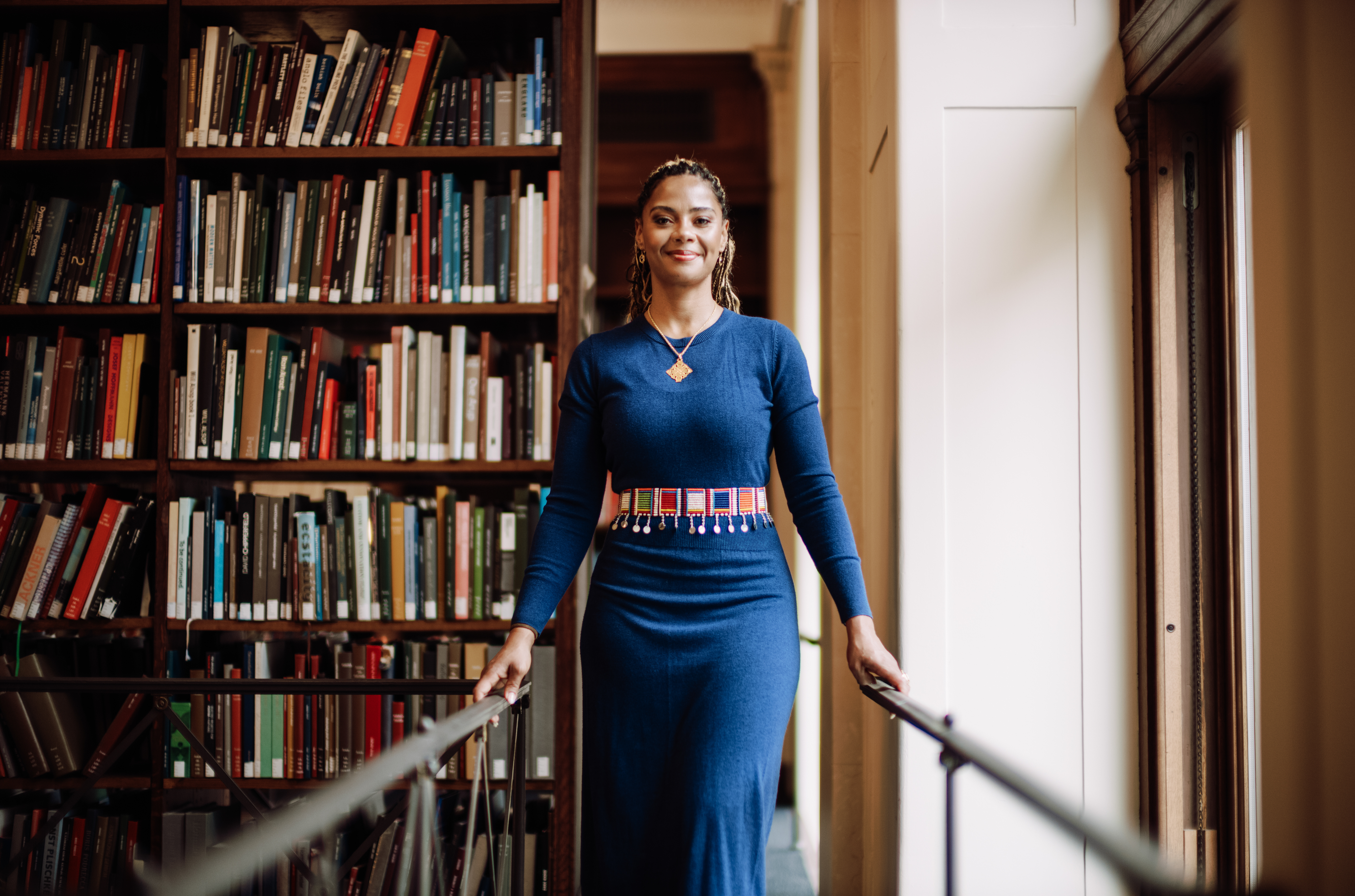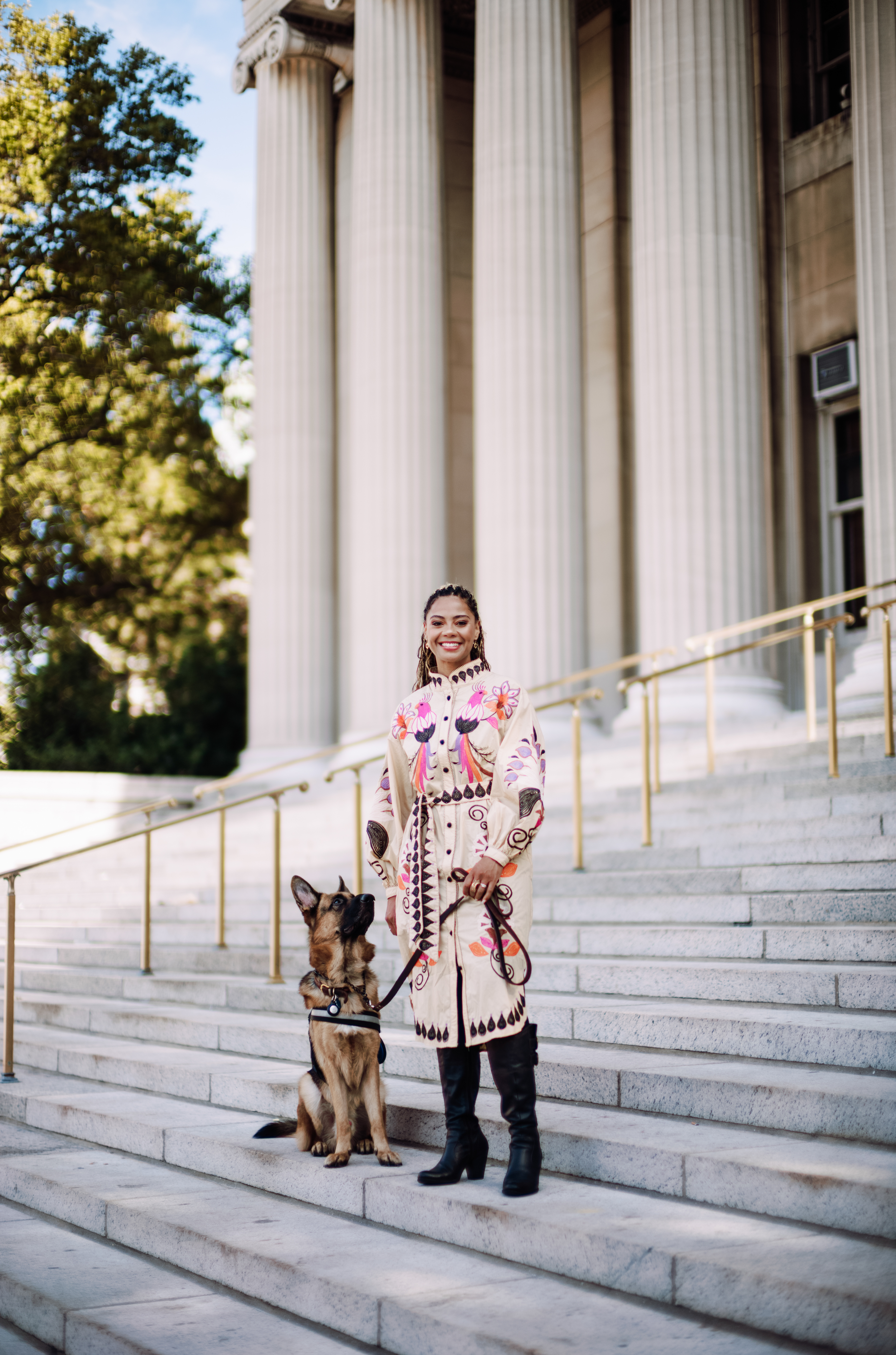About Kristina's Work
Kristina Douglass is an archaeologist investigating how human societies and environments co-evolved and adapted to climate variability. Douglass’s research focuses on coastal communities in southwest Madagascar, a biodiversity hot spot that is particularly vulnerable to present-day climate change pressures. She uses tools and methods from archaeology, climatology, and conservation biology and works closely with local, Indigenous, and descendent communities in the co-production of knowledge. Her work offers valuable insights for designing effective conservation policies that protect and respect local livelihoods and cultures.
Douglass’s investigations of zooarchaeological evidence have shed new light on how Malagasy societies interacted with their environments. She and her team conducted a comprehensive archaeological survey of animal remains in southwest Madagascar. They determined that humans and now-extinct species, like the elephant bird, likely co-existed for a significant period of time. This challenges the assumption that human settlement led to megafauna extinctions on the island. In another line of research in the Eastern Highlands of New Guinea, Douglass analyzed microstructural features of cassowary eggshell remains and found that humans were hatching and managing the birds thousands of years before chicken domestication. Douglass has also illustrated the critical role local, Indigenous, and descendent knowledge can play in conserving environments impacted by changing climate. Due to Madagascar’s hypervariable climate, its communities have shifted among different subsistence strategies (foraging, fishing, pastoralism, farming) over time. It has been hypothesized that pastoralism (raising livestock) was a significant driver of landscape change and ecological instability in Madagascar. Using multitemporal and multispectral satellite imagery, Douglass unexpectedly found that the geophysical and vegetative patterns produced by all of these livelihoods were very similar to those in surrounding areas without human activity. That is, Indigenous communities’ practices of foraging and pastoralism were integrated into their ecological surroundings and may have even helped maintain the region’s long-term ecological stability.
Douglass’s work in Madagascar is a leading model of community-engaged archaeology. Residents are key members of her research team, and she includes her community collaborators in scholarly spaces as co-authors and presenters. Community members’ interests and perspectives shape, in part, Douglass’s research agenda. This has led to projects on a range of topics, such as arts education in a fishing village and ethical use of remote sensing tools in archaeological research. In uncovering the climate adaptations of the past, Douglass informs efforts to protect biodiversity hot spots while preserving the lifeways of those who live in them.













